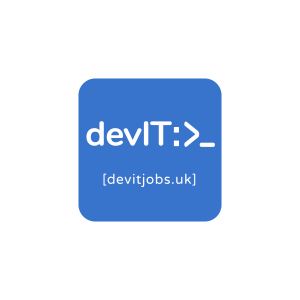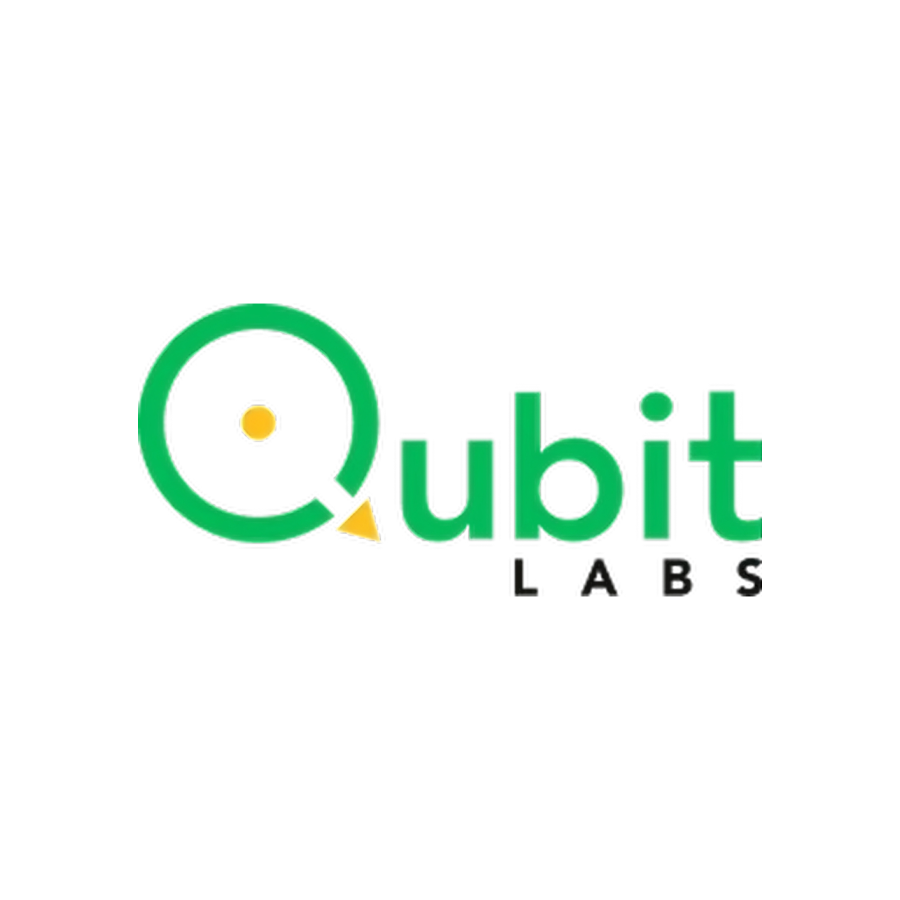Cloud Fitness Engineering - Maximizing Business Value from Cloud Implementations

Mahesh Venkataraman
Distributed system design is hard. How to address the challenge of uncertainty, complexity, and dynamism in the cloud and mitigate 3 risks: value,cost and failure by applying evolutionary system design, continuous optimizations, iterative simulations and empirical learning through use of datascience
An Accenture survey conducted in 2020 found that just 37% of companies had fully achieved their expected full value and outcomes from Cloud. Engineering Cloud applications to specific business-aligned technical capabilities to achieve higher order value is hard. Cloud being distributed, asynchronous, event and message-driven, presents a high degree of uncertainty and variability during design and runtime. Engineering Cloud applications for success involves complex tradeoffs, careful optimizations, making choices against constraints, and resolving conflicts between competing technical specifications. The very characteristics of Cloud that give immense benefits are also likely to give rise to the risk of sub-optimal outcomes if not engineered for expected business outcomes. While commitment to cloud is promising, there is more to do to get to full value. Companies have picked the low hanging fruit. Now they’re moving more complex and business-critical workloads that yield higher order value, while simultaneously learning how to embrace cloud as the operating system of the enterprise. How to address the challenge of ensuring full business value from Cloud implementations? Cloud Fitness Engineering: Cloud Fitness Engineering (CFE) is a new way of architecting for the cloud. The goal of CFE is to ensure that the technical capabilities of the applications match the desired business outcomes. It addresses the challenges of uncertainty, complexity, and dynamism in the cloud environment by applying evolutionary system design, continuous optimizations, iterative simulations, and empirical learning. CFE mitigates the three risks inherent in any Cloud program. 1. Value Risk: risk of not unlocking full value from Cloud. 2. Failure Risk: risk of distributed system failures. 3. Cost Risk: disproportionate consumption of Cloud resources not commensurate with value.
Mahesh leads innovation in the area of application of artificial intelligence, data mining and machine learning in software engineering. He has led successful implementation of natural language processing driven test automation, usage and failure modeling using log analytics, empirical analysis of technical debt and application of knowledge graphs in discovering patterns and relationships for optimizing test suites and improve decision making for system integration projects. His passion is bridging the gap between theory and practice, between academia and industry and creative thinking in software. He is a regular keynote speaker in many conferences. He is currently working on addressing uncertainty in fault prognosis and diagnosis





